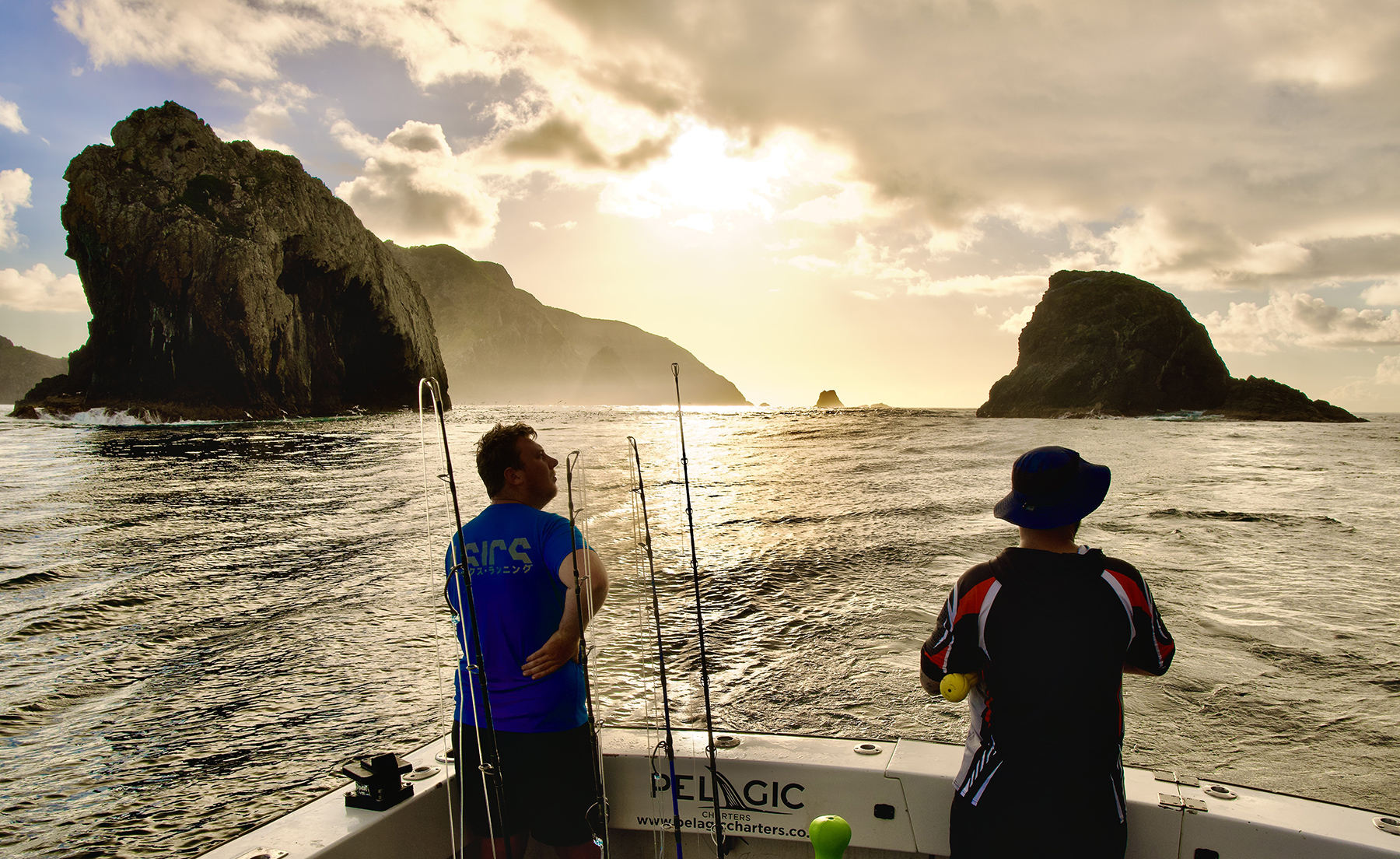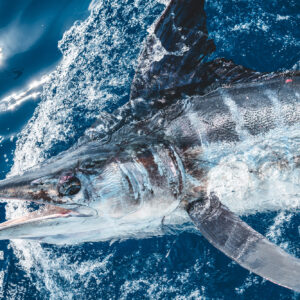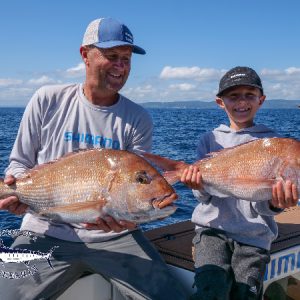Back in the 1990s, the rules around commercially landing swordfish were changed to be “bycatch only”. On paper, it sounded sensible – commercial fishers couldn’t target them, only land swordfish that were accidentally killed while chasing tuna.
But the numbers told a different story.
After that rule change, “bycatch” landings of swordfish exploded. Reported landings went from a few dozen tonnes a year and peaked at 900 t in 2000. Clearly, these weren’t accidents. The regulations put in place were not tight enough to deter some operators who found loopholes in the system – changing where and when they fished, modifying their gear and soak times.
So what did the government do?
They didn’t enforce the bycatch rules, they just legitimised the behaviour.
In 2004, swordfish were added to the Quota Management System, and a select few were rewarded with official quota. It was a clear example of management failure: instead of fixing the problem, they locked it in and sealed the fate of one of our most magnificent species.
Now, two decades later, we’re watching the same story unfold.
The government is now proposing to remove protections on marlin – a fish that recreational fishers have fought hard to protect. Since 1991, regulations have protected marlin from being kept and sold by commercial fishers. Marlin are not, and have never been, part of the Quota Management System. They are a solely non-commercial species, and we want to keep it that way.
This isn’t the first attempt. In 2013, officials floated almost the same idea: to let commercial fishers keep and sell dead marlin. After just three days, the proposal was scrapped following massive public backlash and LegaSea’s “Hands Off Our Marlin” campaign.
So why is it back on the table? Officials claim the current rules are “redundant”.
But we’ve seen what happens when this loophole opens. The loosening of protections for swordfish showed us exactly what happens when you open this door and put a loophole on the table. It gets exploited.
If the marlin protections are removed, there is nothing to stop the same thing from happening again.
There will be a financial incentive to ensure more marlin are brought up dead – because dead fish can be sold. There are no catch limits, no quota, and no levies. It’s a door to exploitation, not conservation.
The New Zealand fisheries management system can not guarantee that marlin will not become a target species.
If you care about protecting our marlin and the health of our ocean, it’s time to speak up.
Submissions close soon. November 28 – don’t let history repeat itself.




